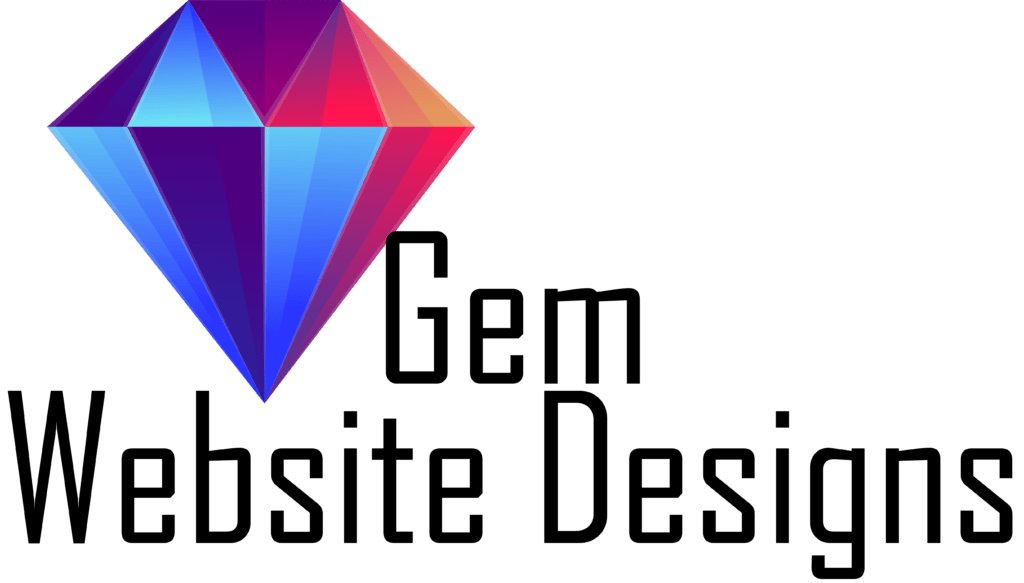As we approach 2024, the landscape of website design continues to evolve at a rapid pace. The trends in website design for 2024 are being shaped by technological advancements, changing user preferences, and the ongoing drive for more engaging and interactive web experiences. Here’s a look at some key trends that are expected to dominate the web design scene in 2024:
Advanced Interactivity & Micro-Interactions
Websites in 2024 are anticipated to leverage more sophisticated forms of interactivity, including micro-interactions that offer subtle feedback to users for their actions. These small yet impactful interactions enhance user engagement and provide a more intuitive experience by visually or textually responding to user inputs, such as confirming a form submission or changing button colors when hovered over. This level of detailed responsiveness improves usability and delights users by making the browsing experience feel more personalized and attentive to their needs. Integrating such nuanced interactive features is expected to become even more refined as technology advances, further blurring the line between digital and physical user experiences.
AI & Machine Learning Integration
AI seems to be taking the world by storm and finding its way into our everyday lives, from Chat GPT to browser integration. AI and machine learning are making their way into web design, offering personalized experiences to users. Websites might adapt their content, layout, and functionality based on user behavior, making each visit more relevant and engaging. By analyzing data from user interactions, AI can optimize website elements such as navigation paths and content display and even recommend products or services tailored to individual preferences. This technology also enables the creation of dynamic user interfaces that adjust in real time, enhancing accessibility for users with different needs. Ultimately, AI’s incorporation into web design enriches the user experience and helps businesses increase conversion rates and customer satisfaction through highly personalized engagement strategies.
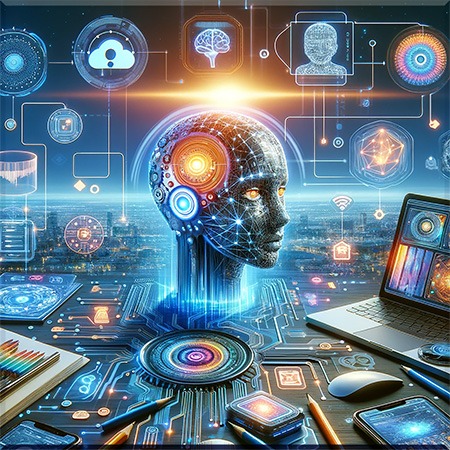
Minimalist & Clean Designs
The trend towards minimalist design is expected to continue, focusing on simplicity and user-friendliness. Clean designs with lots of white space help focus user attention on essential content and improve readability. This approach enhances the aesthetic appeal of websites and facilitates quicker loading times and better mobile responsiveness. By stripping away unnecessary elements, the minimalist design promotes a user experience that is not overwhelmed by visual clutter, leading to more effective communication of messages and easier navigation. Additionally, such streamlined designs are often more adaptable to various screen sizes and devices, ensuring a consistent user experience across all platforms. This enduring trend reflects the digital world’s shift towards efficiency, accessibility, and the prioritization of user comfort and functionality in web interactions.
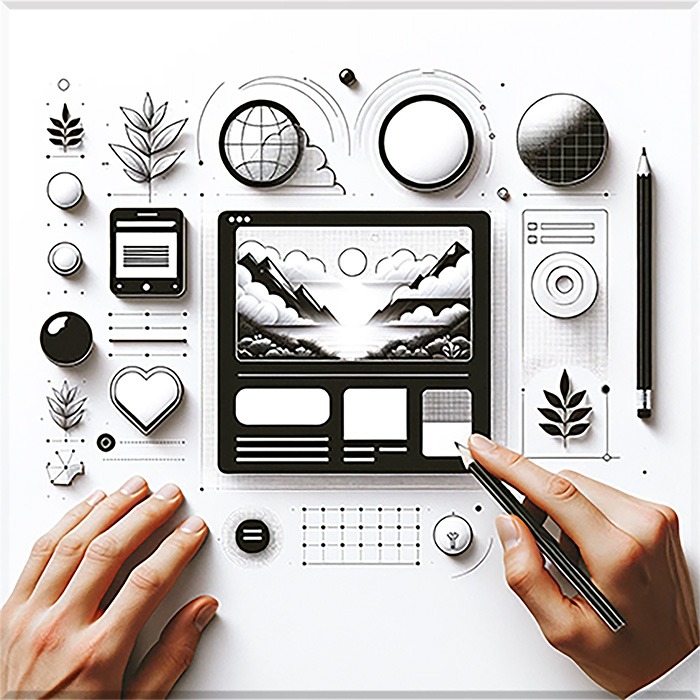
Dark Mode & Color Schemes
Dark mode has gained popularity for its aesthetic appeal and reduced eye strain. In 2024, more websites will likely offer dark mode options and dynamic color schemes that can change based on user preference or time of day. This flexibility in design caters to individual user comfort and enhances accessibility for those with visual impairments or sensitivities to bright light. As technology evolves, adaptive color schemes could become even more intelligent, automatically adjusting to ambient lighting conditions or syncing with users’ local sunrise and sunset times to provide the most comfortable viewing experience throughout the day. Such features signify a move towards more personalized and considerate web environments, where user experience is paramount and visual settings can be as customizable as the content they view.
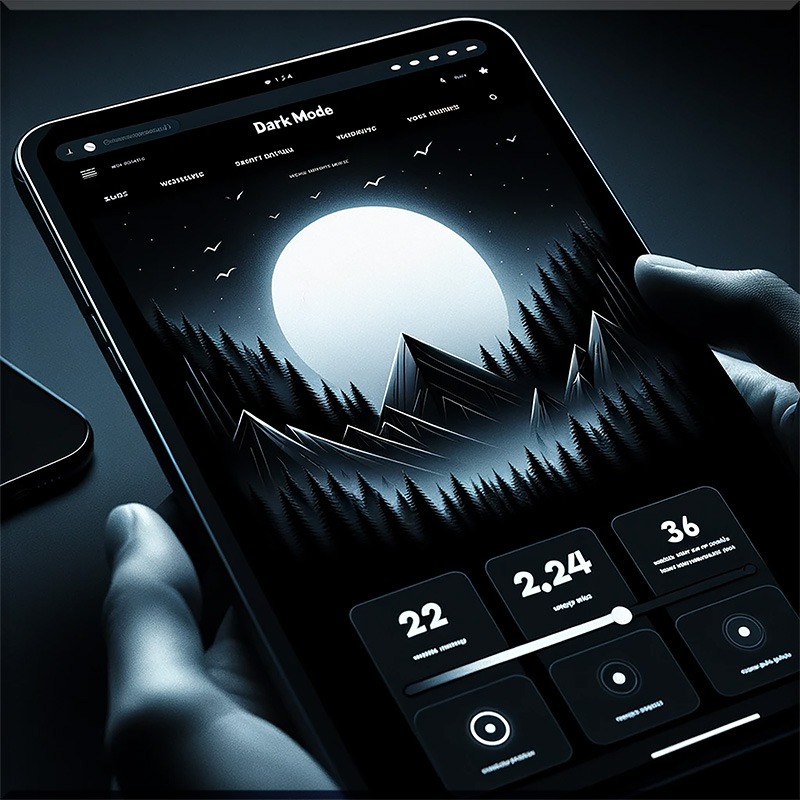
Augmented Reality (AR) Experiences
AR is becoming more mainstream, and websites might start incorporating AR elements to offer immersive experiences. This could be particularly impactful for e-commerce sites, where AR can help users visualize products in real-world contexts. By enabling shoppers to see how furniture fits in their space or how clothing looks on their body before buying, AR enhances decision-making confidence and can significantly reduce return rates. Beyond e-commerce, AR can also transform educational websites by providing interactive 3D models for complex subjects or historical events. As AR technology continues to develop, its integration into websites across various industries promises to boost user engagement and create a richer, more interactive online experience that bridges the gap between digital and physical realities.
Mobile-First Approach
In our modern age, the dominance of mobile devices can be clearly seen; many people don’t even own a home desktop, and everything is done via their mobile phone or tablet. The dominance of mobile browsing means web designs in 2024 will likely be created with a mobile-first approach. This means designing a website with mobile devices constantly in mind and consistently making responsive layouts and designs. This approach prioritizes functionality and aesthetics on smaller screens and ensures that navigation, touch interactions, and content accessibility are optimized for mobile users. As a result, mobile-first design contributes to improved site performance, lower bounce rates, and higher user satisfaction. Furthermore, given the importance of mobile-friendly sites in search engine rankings, adopting a mobile-first design strategy is crucial for SEO and maintaining a competitive edge in the digital marketplace.
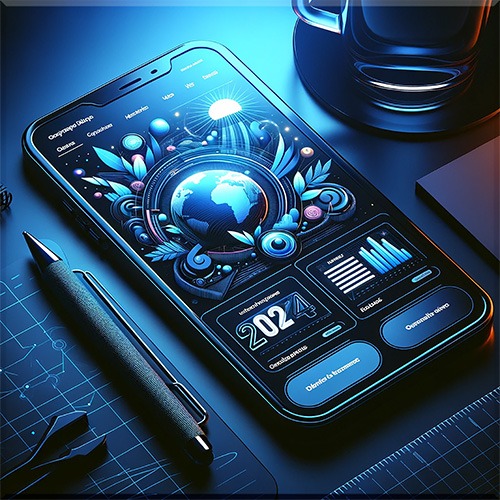
Animation & Motion Graphics
With advancements in web technologies, animations and motion graphics are expected to become more sophisticated, helping to catch user attention and convey messages more effectively. These visual tools can be used to guide visitors through a website, highlight important information, or make interfaces feel more dynamic and interactive. As processing power increases and browser compatibility improves, we can anticipate seeing smoother transitions and more complex animated sequences that enhance storytelling without compromising the site’s performance. This evolution in animation and motion graphics enriches the user experience. It offers brands a powerful way to differentiate themselves and engage users at a deeper level, making web content not just seen but also felt and remembered.
Accessibility & Inclusivity
Designing for accessibility will continue to be a key trend, ensuring that websites are usable by everyone, including people with disabilities. This includes better contrast, keyboard navigation, screen reader compatibility, and inclusive language.
These trends indicate a shift towards more personalized, engaging, and accessible web experiences, leveraging the latest technologies to meet users’ evolving needs and preferences. As always, the key to effective web design will be balancing aesthetics, functionality, and user experience. If you have questions or have a project you want to start, call us!
At Gem Website Designs, we are not just another web design company. Our commitment to innovation and quality means that we stay ahead of industry trends, ensuring that your web presence not only meets current standards but also sets you apart from the competition. Whether you want to enhance your website’s accessibility or integrate the latest digital technologies, our team is here to help bring your vision to life with expertise and precision. Let’s create something great together.


